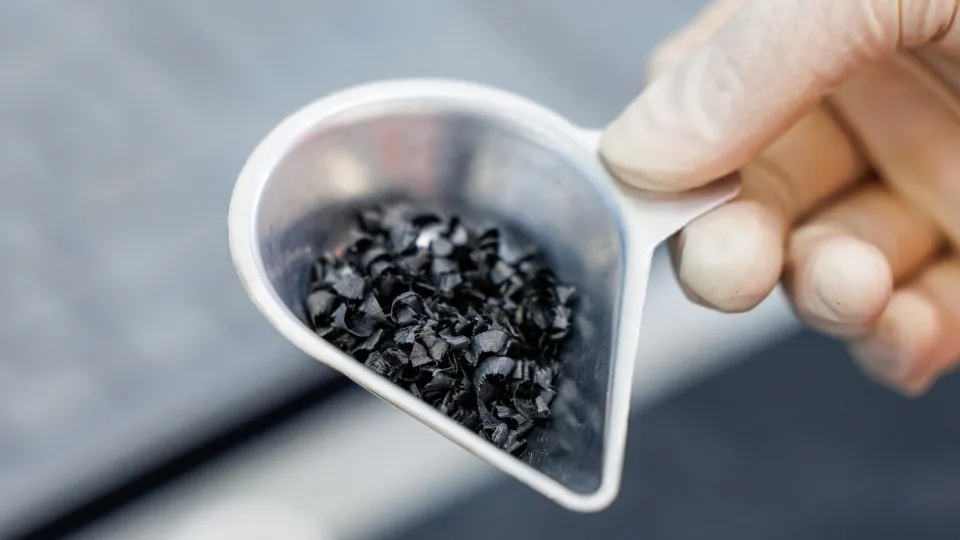The recent mineral deal between the United States and Ukraine has brought renewed attention to US President Donald Trump's interest in Ukraine’s vast mineral resources, particularly its rare earth deposits.
These minerals are essential for a wide range of industries and advanced technologies, making them a highly valuable asset. Given their significance, it’s no surprise that securing access to these resources was a key point in the negotiations.
In this gallery, we take a closer look at rare earth minerals and explore their real-world applications across various fields. Click on to learn more.



